At SOFA Chicago this week, artist Judy Mulford will present her remarkable room-sized mixed media installation Empty Chairs. The installation features a central sculpture entitled “What now?” she said. “What now?…What now?…What now?…” surrounded by 80 individually rendered chairs in frames. The intimate and emotional sculpture chronicles domestic life. The dollhouse chairs, dolls, buttons and embellishments used in the work were collected by the artist from family members, flea markets, antique stores and friends. Mulford spent a year on the work, which marks her upcoming 80th birthday. She has also produced a limited-edition book, 80 Empty Chairs, as a part of this project.
Mulford’s sculptures have been exhibited at the Museum of Arts and Design, New York, the Mint Museum of Craft + Design, Charlotte, the Smithsonian American Art Museum, Renwick Gallery and The Textile Museum, Washington, D.C. and the 12th International Biennial of Tapestry in Hungary. Mulford’s work is informed by her studies of the basket-making culture of Micronesia, particularly on the islands of Truk and Ulithi. She was a member of the studio team for Judy Chicago’s The Dinner Party in the 1970s.
Mulford will speak at her Special Exhibition booth, SE221, and sign copies of her book at 3:30 p.m. on Friday, November 4th. Mulford will also be at browngrotta arts, Booth 921 at 1:00 p.m. on Sunday the 6th and will be available for questions and conversation throughout SOFA.

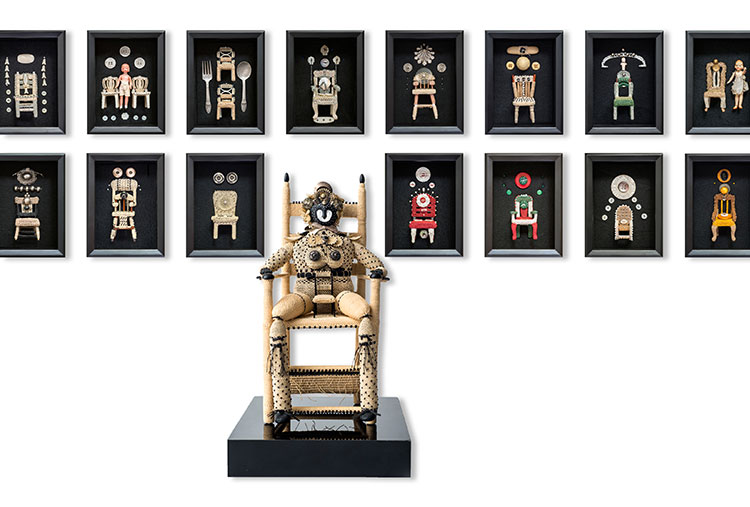
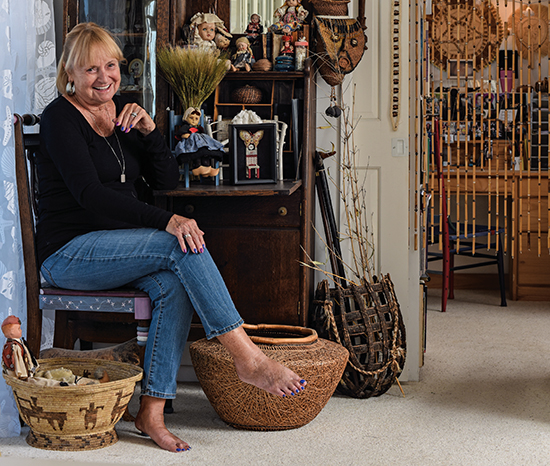
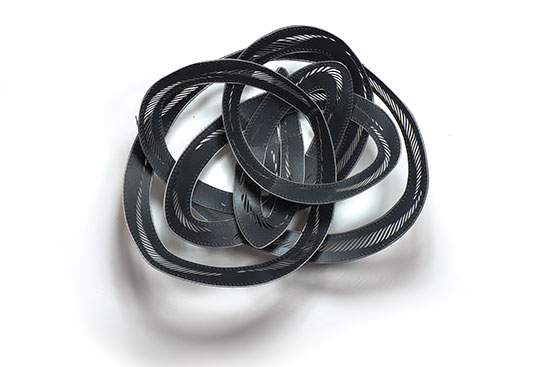
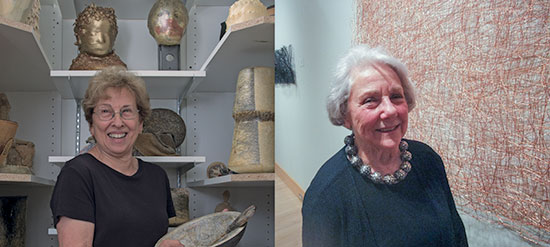
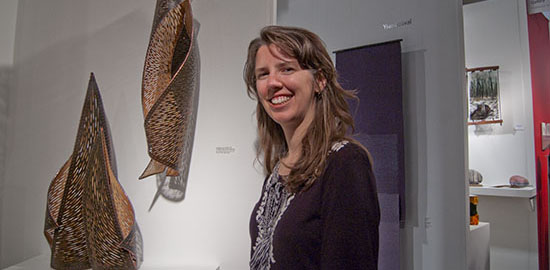

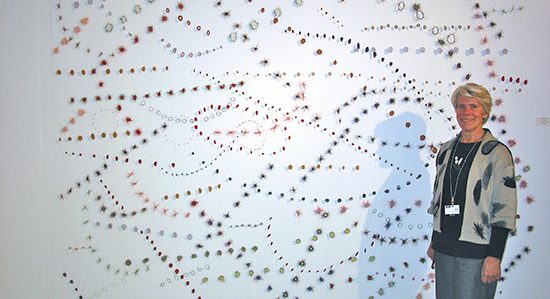
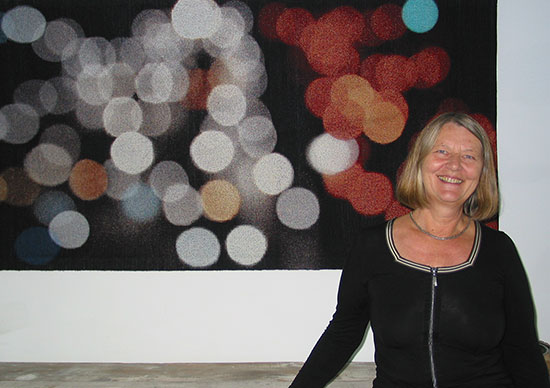
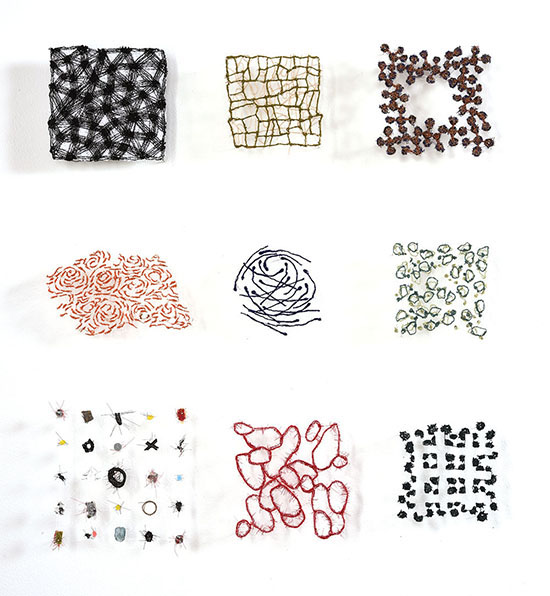


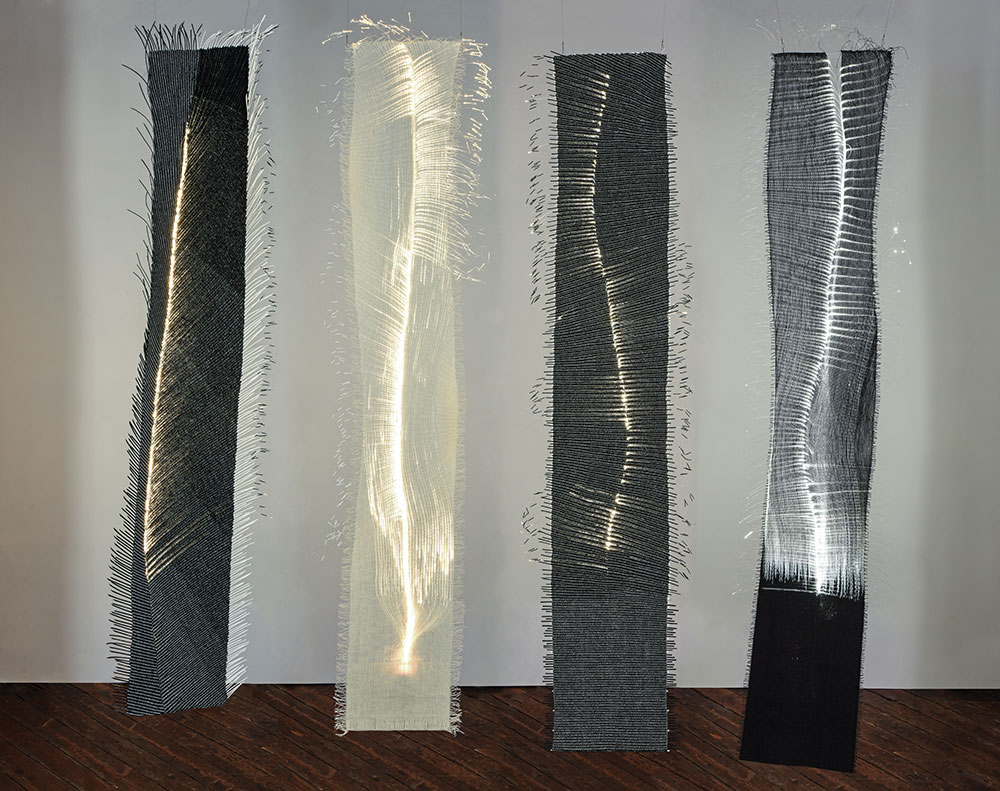
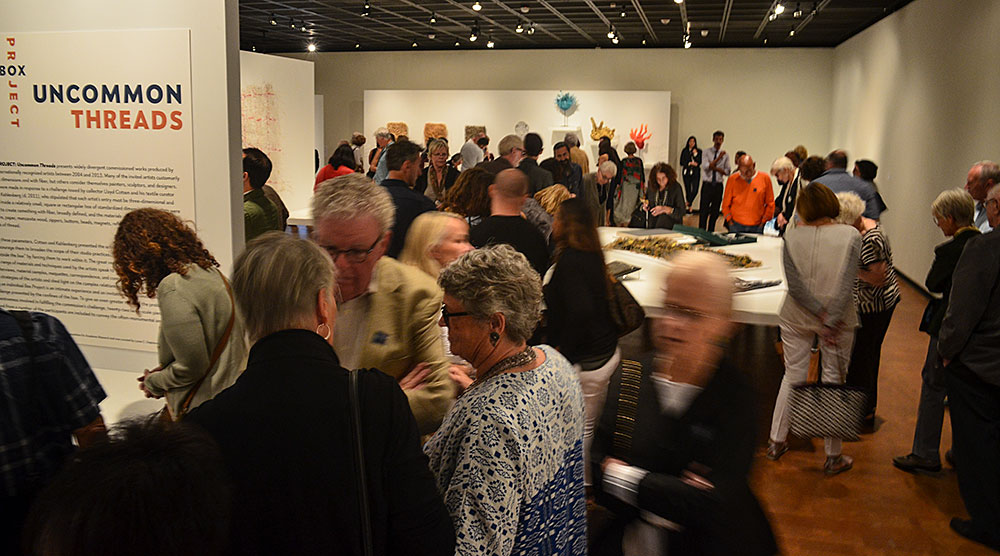

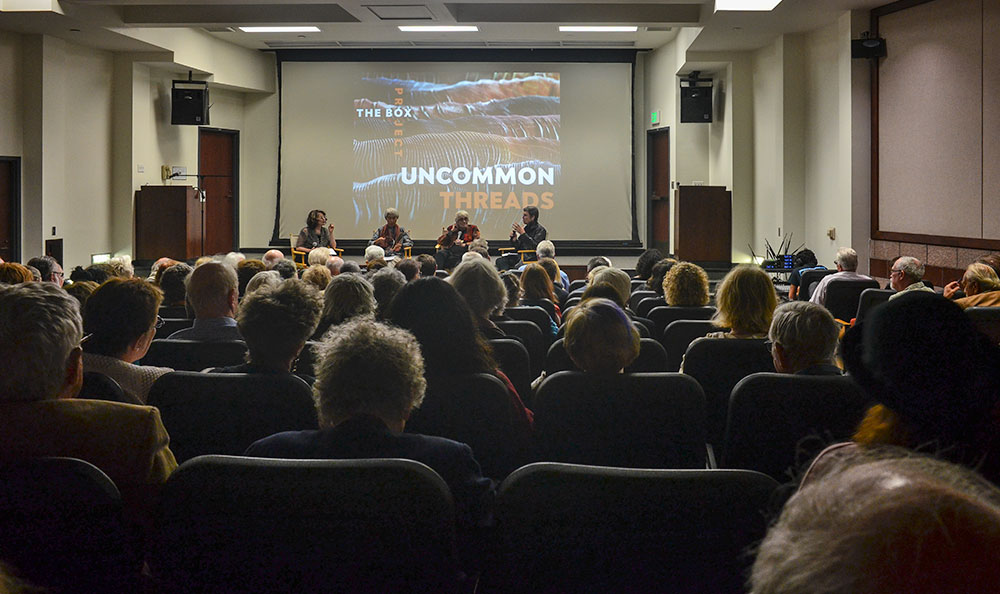
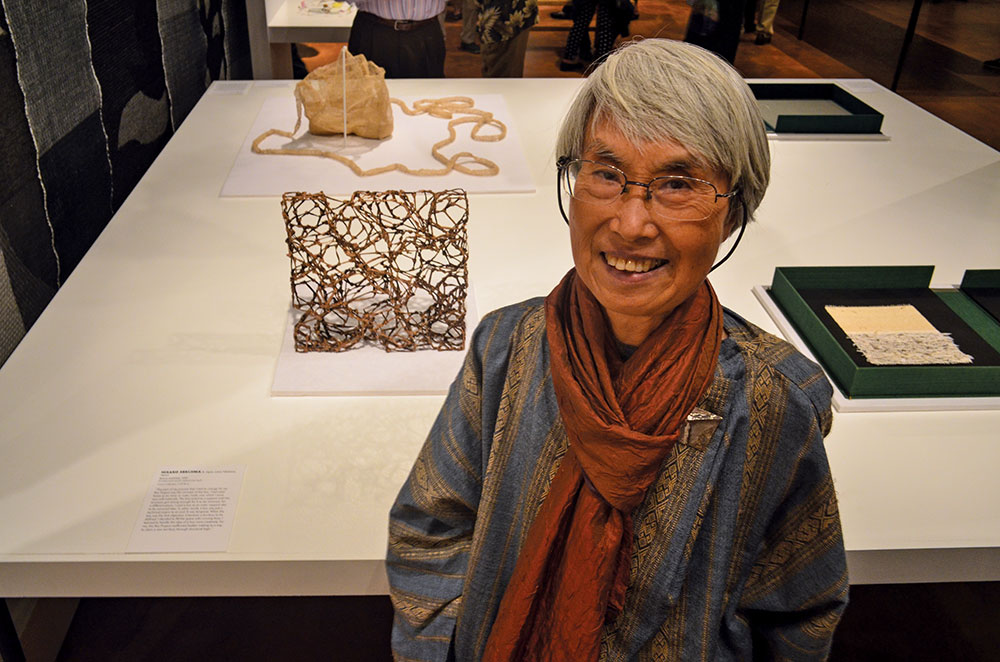
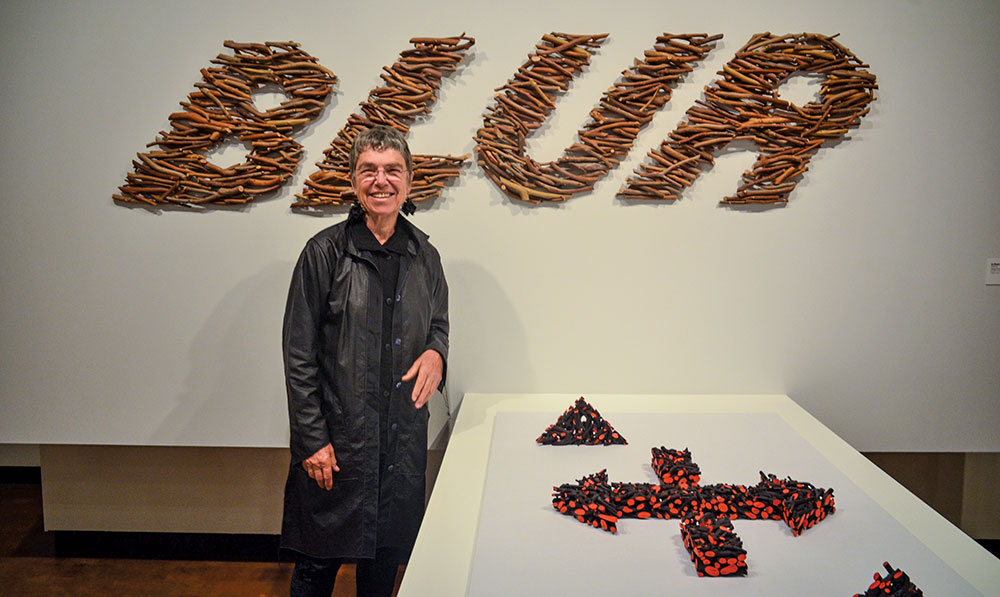

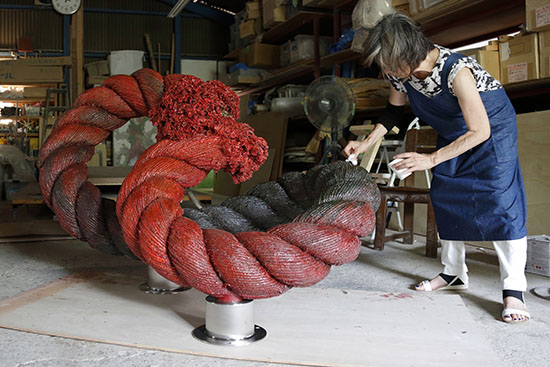

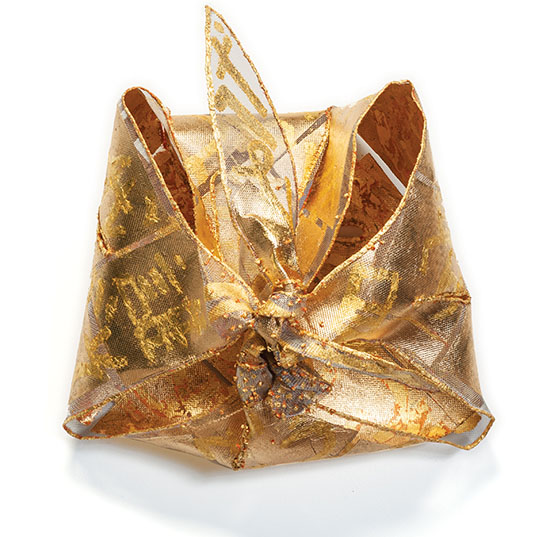


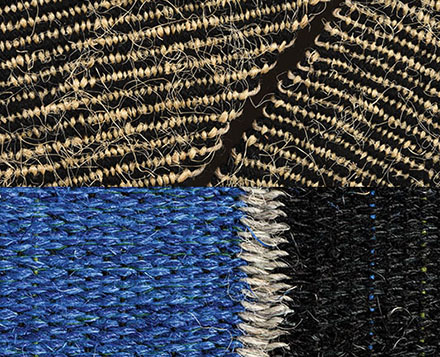
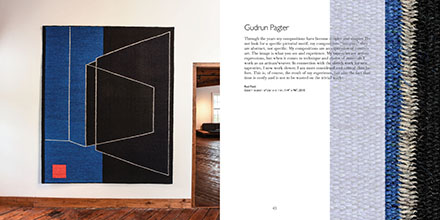
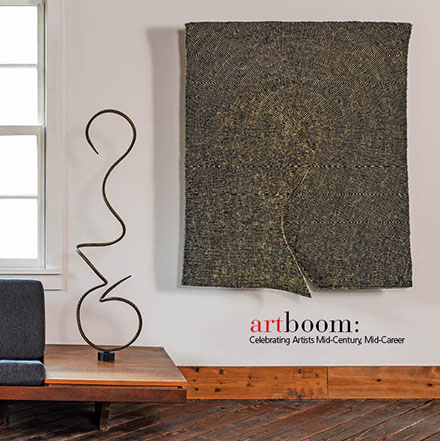
The Gathering and Patterns of Flight, Norma Minkowitz, mixed media, 2016, photo by Tom Grotta
Next month, browngrotta arts will present an eye-catching installation from Norma Minkowitz‘ series, The Gathering in it Booth 921 at SOFA Chicago (November 3-6). Minkowitz is known for intricate pen-and-ink drawings, collages, crocheted wall works and three-dimensional mixed media sculptures. Her work is included in the permanent collections of the Metropolitan Museum of Art, New York, New York, Renwick Gallery, National Museum of American Art, Smithsonian Institution, Washington, D.C., Museum of Arts and Design, New York, New York, Montreal Museum of Fine Arts, Canada, Philadelphia Museum of Art, Pennsylvania and the Wadsworth Atheneum, Hartford, Connecticut (where t s currently on display in the exhibition, SHE: Images of Female Power from the Permanent Collection, through April 2, 2017). The Gathering at SOFA will combine three-dimensional, life-sized birds, rendered in stiffened, crocheted linen, and gut with pen-and-inked detail with meticulously stitched drawings of bird flight, captured at high speed.
Patterns of light Detail
The artist’s new multimedia work, Are We the Same?, will also be on view in one of SOFA’s public spaces. Minkowitz will attend the opening of SOFA on Thursday evening and will speak about her work as one of three artists in the panel, Fiber Art in Three Dimensions: A History and Discussion of Fiber Art Off the Wall at 10:30 a.m. to 12 p.m., Lecture Room B on Friday November 4th at the Navy Pier. At 2 p.m., on Friday, Minkowitz will be at browngrotta arts Booth 921 for an Artist Q&A. For more information, visit: http://www.sofaexpo.com.